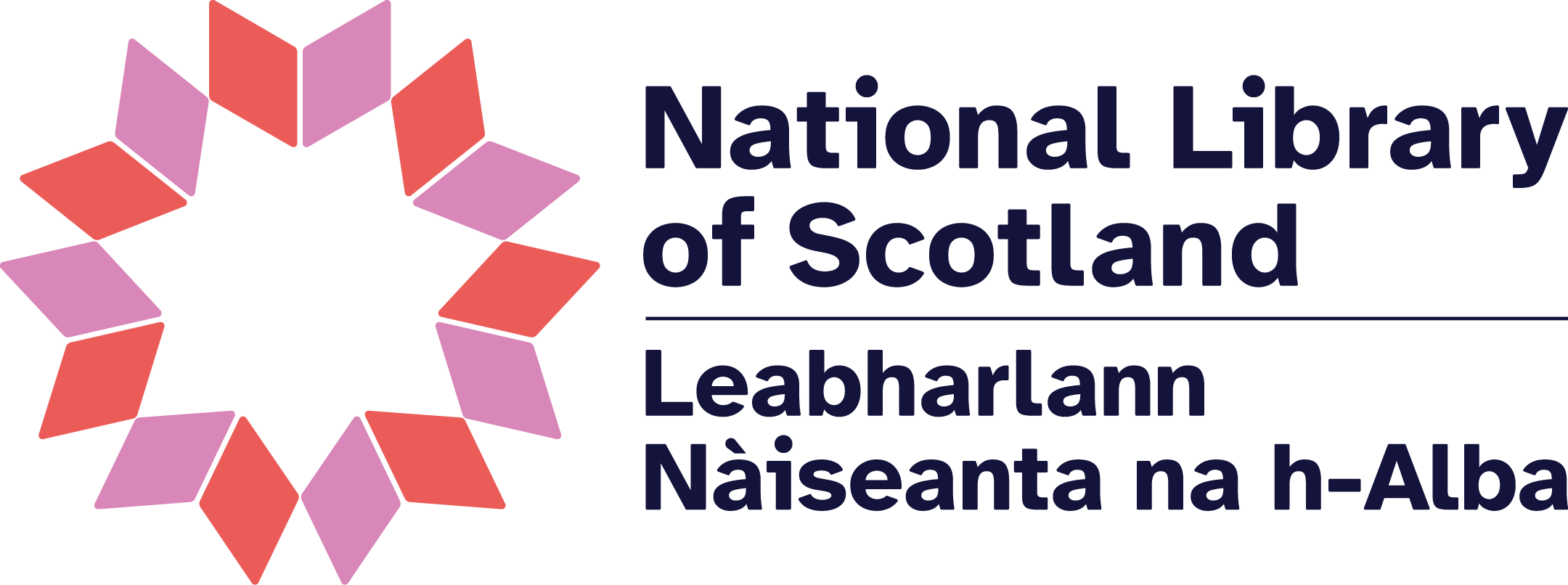
Frankenstein display for one day only
The National Library of Scotland is holding a ‘pop-up’ display of Frankenstein-related material on Friday 7 November, to coincide with the release of Guillermo del Toro’s adaptation of Mary Shelley’s famous novel on Netflix.
The star attraction is a letter from the author of Frankenstein, Mary Shelley, to Sir Walter Scott. In the letter, Shelley corrects Scott for mistakenly assuming that the book was written by her husband, the poet Percy Bysshe Shelley.
Library Curator Dr Kirsty McHugh said:
“Frankenstein was published anonymously in January 1818. Percy Shelley sent the book to Scott for review in ‘Blackwood’s Magazine’, and so Scott assumed Percy to be the author. Mary Shelley takes care to be tactful in her letter to Scott, letting him know the identity of the author lest the same error was repeated.”
Also on display will be items from the Library’s archive and printed collections demonstrating the enduring appeal of Frankenstein within the 19th century and beyond, including some of the early reissues of the work as it grew in popularity.
Library Curator Ian Scott said:
“I don’t think Shelley could have begun to imagine how popular her work would continue to be more than 200 years after its initial publication. The idea of a Frankenstein is firmly embedded in the public consciousness on a global level. Few novels can claim that.
“We have tens of millions of items at the National Library of Scotland, and so it would be safe to assume we have hundreds of items relating to Frankenstein in the collections. We look forward to sharing some highlights with visitors on the day.”
One of Mary Shelley’s most important champions in the 20th century was the Scottish writer Muriel Spark (1918–2006). The display will include items demonstrating Spark’s lifelong fascination with Mary Shelley. Other Scottish writers inspired by Frankenstein include Liz Lochhead, Janice Galloway and Alasdair Gray.
The display of manuscript and published works will be accompanied by silent screenings of movies made by Scottish amateur filmmaker Enrico Cocozza from the national collections on a rolling loop.
The display will take place for one day only – Friday 7 November from 11am until 4pm at the National Library at George IV Bridge in Edinburgh. No booking is required and entry is free.
Contact Information
Notes to editors
The origins of the Frankenstein novel go back to the year 1816 – now known as the Year Without a Summer – when volcanic ash from an eruption the previous year at Mount Tambora in Indonesia created signification climatic disruption.
That year, Mary (Wollstonecraft Godwin) and Percy Shelley joined Lord Byron, John Polidori and Claire Clairemont for a stay at the Villa Diodati on the shores of Lake Geneva. With no sun to be seen, the group were largely confined indoors, challenging one another to compose ghost stories. Mary Shelley conceived Frankenstein at the time and the novel was published two years later. It is considered to be one of the earliest – if not the first – example of a science fiction novel.
On Friday 7 November, the latest Frankenstein film will be released on Netflix. Directed by Guillermo del Toro, the eponymously named Frankenstein was partly filmed in the environs of the National Library of Scotland’s George IV Bridge building in Edinburgh in 2024.
About the National Library of Scotland
The National Library of Scotland is the nation’s living memory – preserving the past, enriching the present, and inspiring current and future generations through access to knowledge, culture, and innovation. We chart the DNA of Scottish society by documenting, preserving and sharing precious collections that capture our past and present. We support education, promote inclusivity, empower informed citizenship, and contribute to the economic and social fabric of the nation. We strive to understand Scotland’s place in the world and to explore connections with our neighbours near and far. We reflect Scotland. Rich, diverse, unfiltered.
